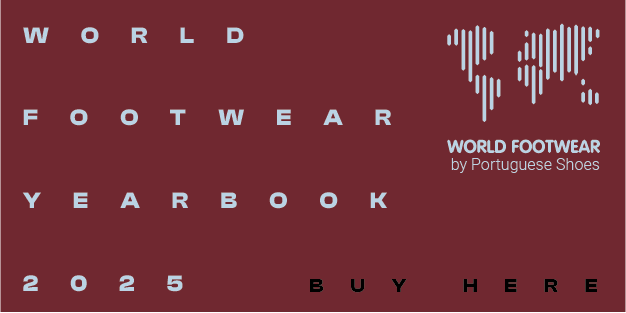Another billion on the way

The study Footwear Consumer 2030 predicts that in the next 15 years profound changes will occur in the international economy and consumer markets, as a result of more women becoming active in the labour markets
Study available here.
The economic empowerment of women across most developed economies is a remarkable change of the past fifty years. Millions of people were once dependent on men, and that changed in just a few decades.
Improved technology reduced the amount of time needed for the traditional female tasks of cleaning the house and cooking, creating the ability and will for women to work outside home. On the other hand, as countries developed access to education becomes more democratic and widespread and in this process more girls attended school and started to work, resulting in a strong empowering movement.
Once girls complete their education they also wish to incorporate the market workforce instead of working in the household as their mothers did. They will have a strong wish to be more independent financially and that will drive them towards the labour market. This will result in a larger workforce available in countries where girls attend school.
In fact, in the past the expansion of higher education has also boosted job options for women, improving their value on the market and shifting their role models. As women have gain greater access to education they will wish to work outside the house, to earn better salaries and be able to acquire certain items. As women become more active in society they will also empower themselves.
The world average women’s participation in the labour force has been quite stable over the last two decades (from 67.4% in 1990 to 68.4% in 2012), however their presence has increased dramatically in high income countries, going up from a share of 68.9% in 1990 to 76.9% in 2012. India, a country with significant economic growth potential for the next years, currently presents very low women’s participation in the labour market, (35.6%), but female enrolment in different educational levels seems to indicate this country will have an excellent opportunity to witness a significant increment on the number of women entering the labour market within the next decades.
Some studies point out that one billion women will enter the economic mainstream within the next decade as a result of increasing migration to cities, as education opportunities improve across the globe (and in particular in developing countries), and with changes in the legal and social framework resulting from the globalisation process. Although it is arguable that these women will have the same access conditions to jobs and salaries, the increasing female participation in the workforce will result in higher disposable income in their households. On the other hand, as women start to work outside the house their economic independence is complemented by social, political and cultural empowerment, and they become more active decision makers.
This takes particular relevance as women are the primary decision-makers when it comes to daily household spending and bulk purchases for their families. Even for goods and products to be worn by men, there is a huge involvement of women in the decision making process, and they are also inclined to invest more in their children’s education.
According to the study Footwear Consumer 2030, women with higher education attendance will acquire new and developed skills to access the labour market, which will result in a rise in disposable income and in growing purchase power.
As more women start to work outside the house, there will be an increasing demand for women’s shoes. At the ame time, the importance of fashion trends, particularly amongst young professional women, will result in a demand for more fashionable women’s shoes and accessories. As it is widely recognised, women are more aware of fashion and more image conscious, bearing more attention to style, which will result in growing demand for better fitting products.
Some companies are already working on strategies to approach women. Bata, the global footwear company, has a campaign in Bangladesh focusing on very low income families, which consists of door-to door sales accessing remote areas of the country. More than a sales strategy aimed at increasing revenue significantly, what Bata is doing is investing in a strong marketing and brand awareness tool with potential to result in a strong customer’s loyalty rate as these women move up the income ladder.















